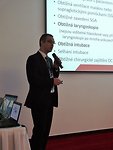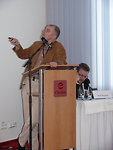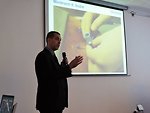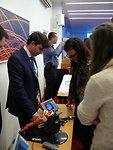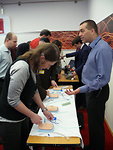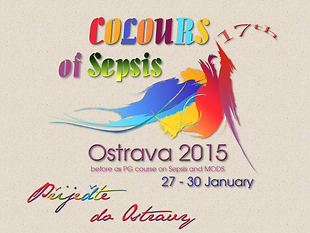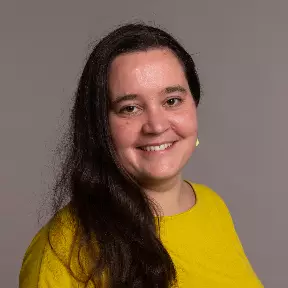28th January 2015
Hot Topics in Intensive Care, Saphire Conference Hall
Moderators are professor Pavel Ševčík from Ostrava and professor Michal Matějovič from Pilsen. After short introduction the show can begin.
First and the most awaited speaker is Jean-Louis Vincent, from Brussels, Belgium, the legend of european intensive care, with his speech Intensive care medicine is the most colorful specialty. He mentioned a lot of interesting themes: intensive care doctor has to be complex of many specialties, our discipline is at the centre of the others. However consultants are welcome, there’s only one boss. He touched a thin ice with questions like Are ICU doctors well trained, well rested and well paid at once? What model of shifts is the best? Should we make protocols and guidelines or more individalize the patients? Should be Intensive Care a subspecialty or primary specialty of trainees? At the end of his charismatic and joyful speech he presented a normal day at his department with 3 rounds included which is great intellectual stimulation. The last and the most crucial thing he said a good atmosphere to prevent burnout syndrome of the ICU staff. Zsolt Molnar from Szeged, Hungary, started with thinking about knowledge of medical students - do they know, after passing physiology and patophysiology, balance between DO2 and VO2? He briefly reviewed early goal-directed therapy in treatment of severe sepsis. Advantages of protocolised care are questionable. What we need are knowledges, practise and training. He presented an idea of hemodynamical puzzle - intensive care has to be complex and individualized for every patient. The best hemodynamical monitor you can have is your brain. Andrea Morelli from Rome, Italy, continued with an interensting theme β-blocker therapy in septic shock. He pointed that betablockers are protective with his effect a heart rate with no decreasing of cardiac index and stroke volume and no variation in MAP. There’s a need of slow titration of doses. He introduced several studies and papers about betablockers and septic myoycardial dysfunction and demonstrated the real patient from his department.

Congress traditionally...
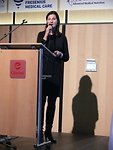
Janka Slatinská, M. D.
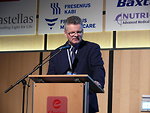
Ivo Valkovský, M. D.,...
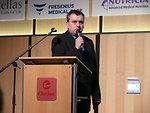
Vladimír Hrabovský M....

Saphire congress hall
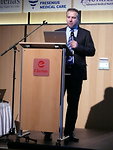
Tomáš Zaoral, M. D.
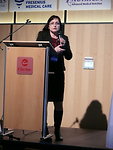
Nadežda Petejová, M. D...
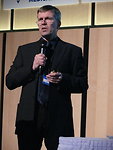
Eduard Havel, M. D., PhD.
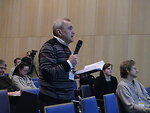
questions from visitors
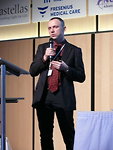
František Novák, M. D....
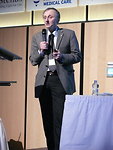
prof. Luboš Sobotka, CSc.
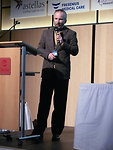
doc. Těšínský, PhD.
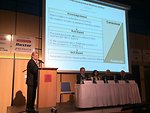
Vladimír Kollárik, M. D.
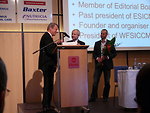
Jean-Louis Vincent, th...
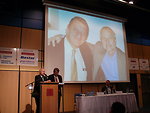
introduction of Jean-L...
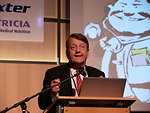
Jean-Louis Vincent, In...

Saphire Conference Hal...
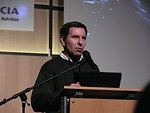
Andrea Morelli, β-bloc...
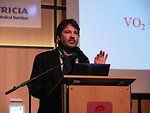
Zsolt Molnar
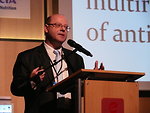
prof. Kolář, Bacterial...
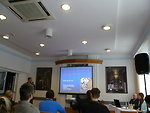
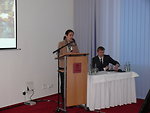
dr. Kozek-Langenecker,...
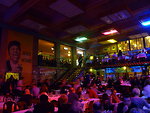




Vojtěch hanulík, M. D.
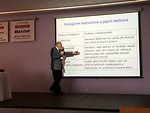
prof. Antonín Kazda
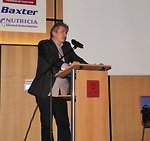
Roman Škulec, M. D., PhD.
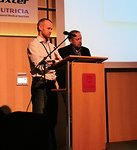
prof. Matějovič, doc....
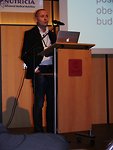
prof. Vladimír Černý
